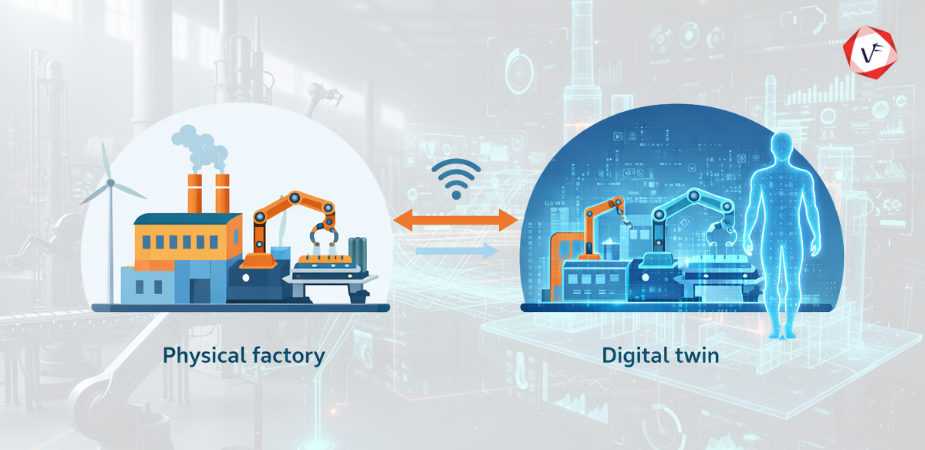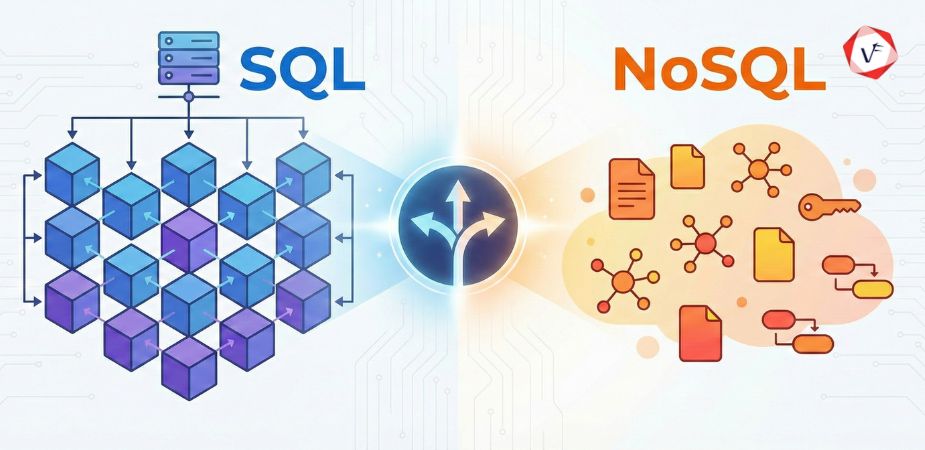- September 18, 2020 11:00 am
- by Sooraj
- September 18, 2020 11:00 am
- by Sooraj

The efficiency of your warehouse plays a vital role in customer retention. Lower customer retention rates can be directly attributed to underperforming or inefficient warehouse operations. When your warehouse efficiency plunges down, your logistic business can encounter low customer retention rates, its that simple. Inefficient warehouse operations can lead to compromised order fulfillment and delays in delivery, which are the two main reasons for heightened customer retention.
Lack of an efficient WMS (warehouse management system) is the main reason that triggers these setbacks. So what exactly is a WMS? Warehouse Management System or WMS is the core part of any modern warehouses. WMS plays an important role in delivering the right functionality, user experience, and flexibility to traditional warehouse operations so that your logistics business can go hand in hand with growing customer demands. WMS can also ease manual workloads by enabling hassle-free management of receiving, picking, packing, palleting, shipping, cross-docking processes that are involved in a typical warehouse setup. Despite its benefits, nearly one-third of logistic companies in the world aren’t using one to manage their warehouse operations and still rely on age-old Excel sheets and manual methods.
Below are some of the top trends in Warehouse Management;
Order picking is one of the most time-consuming processes that any warehouse worker can possibly do. You can improve your manual picking process by using sorters and conveyor belts. Combining traditional picking processes with mechanical systems such as conveyor belts can increase picking efficiency by 70%. You can even push this up to 100% by using robots to automatically pick products from your inventory without the need for any human intervention. Warehouse staff can control these robots directly from the Warehouse Management System. Because of this, its highly important to build WMS that can be integrated with these futuristic systems, even if you don’t have them currently.
Apart from automating picking operations, robotic systems can be virtually used anywhere in the warehouse. Warehouse management systems can be even customized to integrate modules within the system that allows warehouse workers to efficiently manage the movement, picking, sorting, and storage of warehouse inventory. With surging order volumes, various robotic systems that permit easy navigation within the warehouse, personalized order packing, and palleting can perform more tasks without the need of spending more on expenses and labor.
IoT based WMS is the next big thing in the supply chain industry. Logistic businesses that operate a large number of warehouses are among the most invested in IoT based technology. This is because of the proven fact that IoT based WMS significantly improves the picking & packing process, inventory traceability, and minimizes human errors to a great extend, more importantly, accuracy is increased, influencing customer satisfaction. Building a WMS that integrates all the physical equipment in a normal warehouse such as RFIDs, temperature sensors, optical scanners, automatic sensors, wearable devices, motion detectors, voice-activated systems can improve order fulfillment to a higher extent you can possibly imagine. IoT systems also enable prioritizing the flow of goods based on the input that is retrieved from sensors. For example, IoT enabled WMS can automatically prioritize the shipment of perishable goods by analyzing the inputs from temperature sensors, humidity sensors, and the location of that product in the warehouse.
Due to the huge implementation timeframe, most logistics companies only make investments in a warehouse management system or end to end logistics ERP every 6-10 years. However, models such as SaaS now delivers flexibility for business owners to buy the software by subscribing to it, instead of investing huge amounts on its development & maintenance. The SaaS provider will manage access to your application, including security, performance, and availability. Despite its benefits, it’s important to understand long-term costs are high in SaaS when compared to the annual support or one-time purchase of regular software.
Choosing lean inventory for your warehouse operations is just as important as it is in any other business process. Adopting Lean Inventory will eliminate safety stocks, and try to get suppliers to deliver smaller quantities more frequently
Most of the setbacks that are associated with your Warehouse operations can be easily evaded by using a feature-packed and future-ready WMS. However, developing a custom Warehouse Management System that matches your unique business needs a serious amount of work and can be extremely expensive if you plan to do it in your inhouse IT facility (if you have one). Many logistic companies and 3PL logistics providers now prefer to outsource their custom logistics development to an offshore software development company in India that has extensive experience in building custom Warehouse Management Systems for logistics companies around the globe. Not only this can bring down the development costs, but you can also forget about the hassles that are usually associated with building warehouse management software from scratch.
Guaranteed Response within One Business Day!

What is Digital Twin Technology?

What are WebAssembly (WASM) Applications?
Code Review Best Practices: Complete Guide for 2026

Database Selection Guide: SQL vs NoSQL
AI Agents in Enterprise Software: How Autonomous AI is Transforming Business Operations